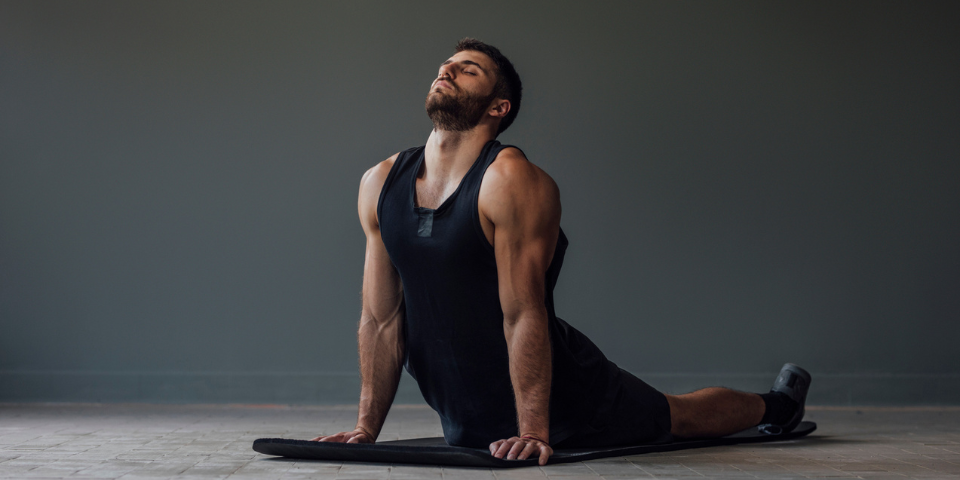When it comes to fitness, the neck is often overlooked despite its important role in posture, stability and injury prevention. Strengthening your neck muscles can improve your overall fitness and athletic performance and neck harness (also known as a neck strap or headband) is one of the most effective tools for the job.
Ready to take your neck workout to the next level? This article will guide you through three essential exercises to build a strong, balanced neck, as well as provide tips on preparation, safety, and who can benefit most from incorporating these movements into their routine.
Why Should You Use a Neck Belt?
The neck harness is specifically designed to target the muscles in your neck and helps:
- Improve neck muscles and neck strength.
- Improve posture, especially for those who work at a desk or have a forward posture.
- Prevent injuries in contact sports and other high-impact activities.
This simple yet effective tool offers versatility, allowing you to work your neck from a variety of angles for balanced muscle development.
Who Should Do Weighted Neck Strap Exercises?
weighted neck harness It is a versatile tool suitable for a variety of individuals looking to improve their fitness, athletic performance or recovery.
- Experienced athletes We aim to increase performance and endurance in high-impact sports.
- bodybuilders We strive to build a thicker, well-defined neck for a balanced body.
- fitness enthusiasts They aim to take their education to the next level by overcoming plateaus.
- People Healing from Neck Injuries: Always consult a healthcare professional or physical therapist before incorporating weight-bearing exercises into your rehabilitation routine.
Warm Up Before You Start
Before diving into weight-bearing exercises, warming up is essential to prevent injuries and prepare your neck muscles for the load. Perform the following warm-up routine:
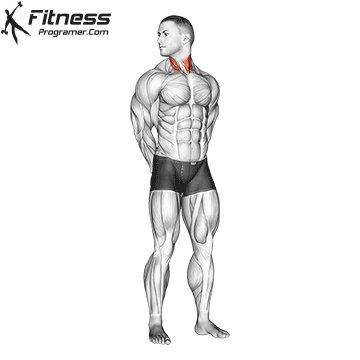
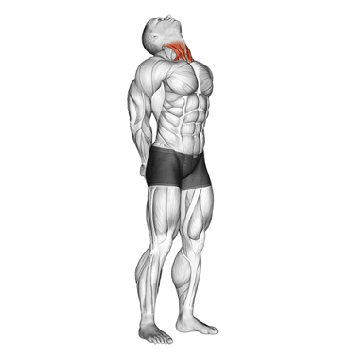
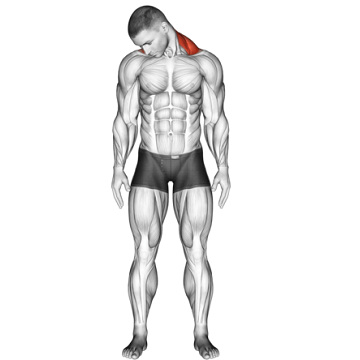
- Neck Rotations: Rotate your neck slowly in a circular motion, 10-15 repetitions in each direction.
- Neck Curves: Move your head forward, backward and side to side. Perform 2-3 sets of 10-15 repetitions.
This warm-up increases blood flow, relaxes tense muscles and prepares your neck for more intense activity.
3 Weighted Neck Strap Exercises
1. Neck Harness Flexion
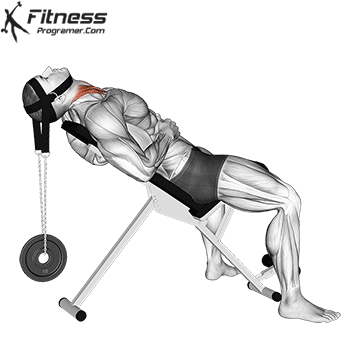
Benefits
- Goals anterior neck musclesincluding sternocleidomastoid And scalene musclesThey play a key role in neck flexion and stabilization.
- It increases neck mobility and helps prevent forward head posture caused by desk work or time spent in front of a screen.
How to Perform
- Set Up Your Equipment
- Use a neck harness designed for weightlifting.
- Attach a lightweight plate to the seat belt chain and make sure it is securely fastened.
- Prepare the Countertop
- an exercise bench 45 degree slope.
- Sit on the bench, leaning back so your head extends beyond the edge of the bench while your upper back is supported.
- Starting Position
- Secure the neck strap on your head to ensure a snug fit.
- Allow your head to hang back slightly in a neutral position.
- Perform the Movement
- Slowly stretch your neck forwardBring your chin towards your chest in a controlled movement.
- Pause at the top of the movement to fully contract the neck muscles.
- Slowly return to the starting position, resisting the weight as you lower your head.
- repeats
- pretend 2-4 sets of 8-15 repetitions. Gradually increase the weight as your strength improves.
2. Neck Strap Extension

Benefits
- strengthens posterior neck musclesincluding trapezoid, full headAnd semispinal head.
- It increases neck stability, improves posture and reduces the risk of neck injury in sports and daily activities.
How to Perform
- Get In Position
- Lie face down Your chest and abdomen are supported on the bench.
- Allow your head to extend beyond the top of the bench.
- Starting Position
- Attach the weight to the harness and attach it securely.
- Allow your head to fall forward slightly for a gentle stretch.
- Perform the Movement
- Slowly stretch your neckLift your head until it is in line with your upper back.
- Pause for 1-2 seconds to fully engage the muscles.
- Slowly lower your head to the starting position and maintain full control.
- repeats
- pretend 2-4 sets of 8-15 repetitionsadjusting the weight as needed.
3. Lateral Flexion of Neck Strap
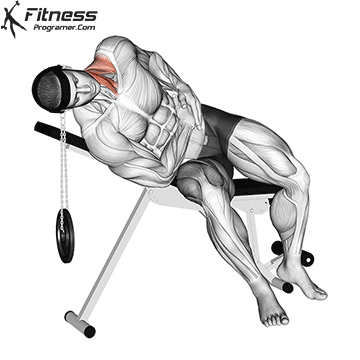
Benefits
- Activates lateral neck muscleslike lifter scapula And sternocleidomastoidImproves side-to-side mobility and balance.
- Useful for athletes involved in contact sports to increase neck stability during impacts.
How to Perform
- Starting Position
- Fasten the head strap securely around your head and attach a weight plate.
- Lie on your side on an inclined bench, with your head extending beyond the bench.
- Create a slight stretch on the opposite side of your neck by allowing the weight to hang naturally.
- Perform the Movement
- breathe like you stretch your neck sidewaysLift your head towards your shoulder in a slow and controlled manner.
- Hold the position at the top for 1-2 seconds.
- Inhale as you lower your head back to the starting position.
- repeats
- pretend 2-4 sets of 8-15 repetitions On both sides for balanced development.
Basic Safety Tips
- Start Light: Start with a manageable weight to master the form and avoid overloading your neck.
- Focus on Form: Keep movements slow and controlled to engage the correct muscles and prevent injury.
- Avoid Overtraining: Allow 48 hours of rest between neck exercises to allow the muscles to heal.
- Listen to Your Body: If you experience discomfort or pain, stop immediately and re-evaluate your technique or weight.
Final Thoughts
Strengthening your neck muscles with a neck harness can provide significant benefits, from better posture to improved athletic performance. By combining these three exercises and following safety guidelines, you will develop a stronger, more stable neck that supports your overall fitness goals.


